As the shift towards urban-industrial design continues to gain popularity in the world of interior design, a new trend has emerged that perfectly encapsulates the essence of this style: Colour Stained Concrete.
What is Colour Stained Concrete?
As the name suggests, color-stained concrete is a technique where an acid or water-based stain is applied to a concrete surface to achieve a new color or pattern. This gives the concrete a refined, polished look while keeping its raw, rugged charm, a crucial element of the urban-industrial style.
How To Customize Concrete Floor With Stain
Color-stained concrete can transform your concrete slab from ordinary to exceptional. You can curate a floor that screams your unique flair by choosing your favorite concrete stain color from the color chart. Customizing your concrete floor with stain is an excellent way to personalize and enhance your space’s appearance. With limitless color and design options, you can create a distinctive look that complements your style.
Follow these steps to customize your concrete floor using stain:
- Choose A Stain Type: There are two main types of stains: acid–and water–based. Acid-based stains react chemically with the concrete, producing a permanent, variegated color with earthy tones. Water-based paints create a more uniform color with a broader range of hues.
- Select The Desired Color: Browse through a concrete stain color chart to pick the perfect shade for your floor. With an extensive palette of colors such as browns, greens, blues, and even reds, both stain types offer a wealth of choices to bring your vision to life.
- Plan Your Design: If you want to add a pattern or design to your concrete floor, sketch or outline your intended style. This may include borders, geometric shapes, or even intricate faux finishes that mimic the appearance of natural materials like marble or wood.
- Create Your Custom Design: While the stain is still wet, use your pre-planned design as a guide to add details, patterns, or texture. You can use painter’s tape, stencils, or freehand techniques to achieve the desired look. Ensure the stain has adequately adhered to the concrete while working on your design.
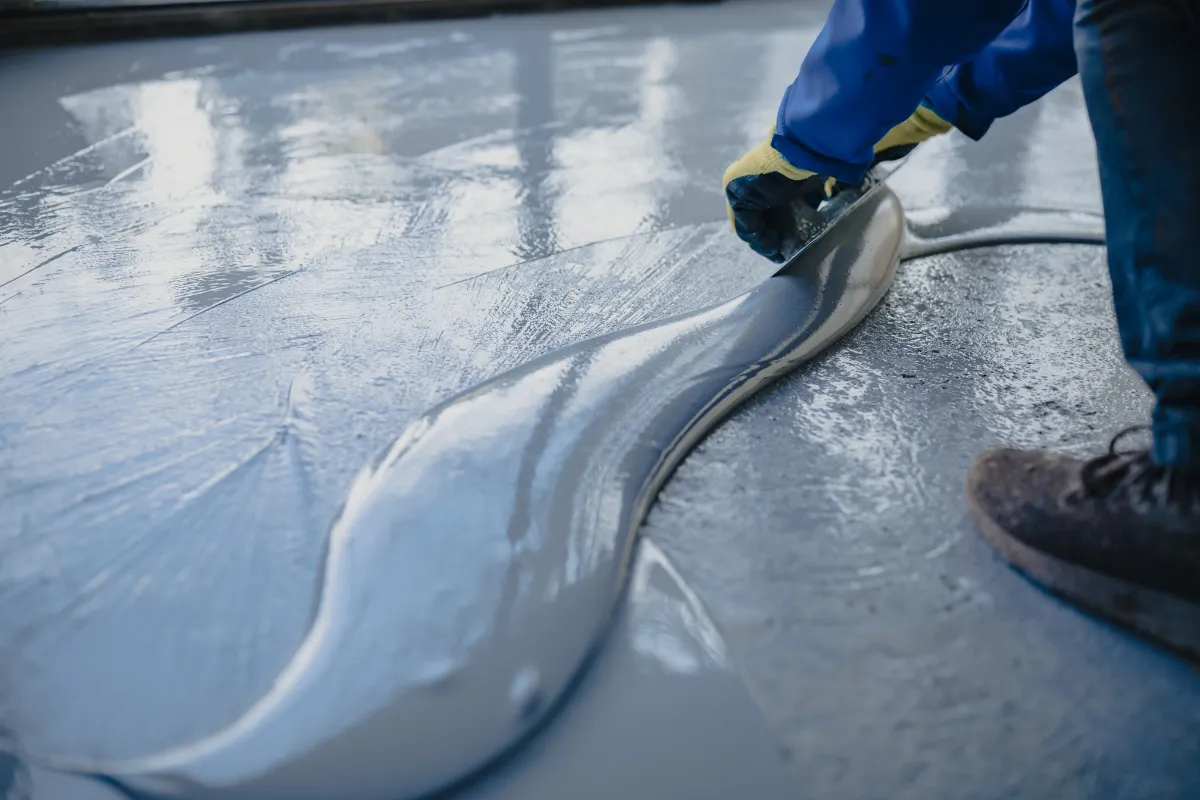
Exploring Concrete Stain Color Options
In urban lofts, trends have steered towards embracing the earthy appeal of brown and other solid-color concrete stains. This natural palette harmonizes with decorative concrete elements, exuding a contemporary yet cozy ambiance. Let’s explore popular concrete colors in depth, including their indoor and outdoor application.
From adding warmth with subtle caramel hues to creating visual balance through rich chocolate tones, brown concrete stains are arguably the most versatile choice. Brown is trendy for staining concrete floors in living spaces and patios. Matching this with sealer and coating, the right shade of brown lends itself to a timeless, polished look.
Outdoor concrete surfaces like driveways can benefit from a deeper brown for a low-maintenance yet sophisticated appearance. In contrast, interior concrete floors can shine with a lighter tone that brightens your space. When combined with mirrored tiles on the wall, you achieve the ultimate aesthetic appeal.
Besides brown, other color options, such as subtle charcoal or inviting olive tones, have increased in popularity. Consider diluting acid stain colors for adventurous souls to create a playful array of shades on your concrete surface.
Steps To Staining And Curing Concrete
Color-stained concrete is a popular choice for those seeking a unique aesthetic for their floors, both in residential and commercial spaces. The process can seem daunting, but it is pretty simple if broken down into three main stages. This guide will walk you through staining and curing concrete to achieve the perfect finish for your space.
- Start with a clean surface. Remove any debris, oil, grease, or existing coatings from the concrete.
- Repair any damages like cracks and chips in the concrete for even staining.
- Wash the area thoroughly, often with a power washer, to ensure no dust or contaminants interfere with the staining process.
- Cover any places you don’t want the stain to reach with protective plastic sheeting.
Staining Process
- Conduct a test patch in an inconspicuous area to ensure the stain gives the desired result.
- Choose your stain type – acid-based or water-based.
- Apply the stain uniformly over the concrete surface using a sprayer, roller, or brush, depending on the effect you’re after.
- Allow the stain to dry. For acid-based colors, please leave it to react with the concrete for several hours. Water-based paints typically dry and respond faster.
Curing and Sealing Process
- After the staining, neutralize and cleanse excess residue for acid-based stains.
- Wait until the floor dries completely before moving on to the sealing process.
- Apply a concrete sealer using a sprayer or roller. This acts as a protective layer and boosts the appearance of the stained concrete.
- Apply at least two thin coats of sealer for optimum results.
- Wait for the sealed floor to dry completely before using. This usually takes 24 to 48 hours.
- Maintain the floor through regular cleaning and occasionally re-sealing to keep it vibrant and glossy over time.
Application & Benefits Of Concrete Sealer In Stained Concrete
You create an enduring masterpiece from an ordinary concrete slab by painting your concrete floors with solid color concrete stain. But color is not enough. A quality concrete sealer plays a vital role in preserving the acid stain color and enhancing the vibrancy of your stained concrete floor. The sealer acts as a protective layer, sealing the stain into the concrete while providing added durability.
For efficiency, a sealer in one (incorporating stain and sealer) is a great way to add color to concrete and provide robust protection. Whether it’s the earth tones of your patio or the polished concrete floors of your loft, the suitable sealer can elicit a dramatic transformation.
What type of concrete sealer to choose, then? Solvent-based sealers typically yield a high gloss, enriching the hue of your stained surface. On the other hand, water-based sealers offer UV stability ideal for interior and exterior applications, safeguarding your vibrant color choices for years to come.

Considering The Surface — Indoor Vs. Outdoor Concrete
Flaunting, colorful, stained concrete never goes out of style. But a concrete surface storyline needs to be told: indoor versus outdoor concrete staining.
Indoor concrete floors – sleek, chic, and stronger than generic floor types- are the perfect canvas for staining. Their polished surface drinks in the acid stain beautifully, transforming your decorative concrete into a vibrant display of color. From warm, cozy browns to bold, statement-making hues, an array of color options awaits your selection. Top it off with a concrete sealer to keep your interior concrete fresh and stain-resistant.
On the other hand, outdoor concrete staining is an entirely different beast. Your patio and driveway are at the mercy of the elements. A robust sealer and a rich, fade-resistant stain make a power-packed combo. They stand tall against the weather, the wear, and the time, keeping your outdoors spectacularly vibrant.
It’s clear then, whether indoors or outdoors, concrete staining brings you color and an easy-to-maintain, long-lasting, and durable coating. From your interior spaces to outdoor hangouts, a well-stained concrete surface can genuinely transform the look and feel of your urban loft.
Revolutionizing Decorative Concrete With Color Stain
Realize your vision for polished concrete floors, color stained to mimic the look of natural stone, or imbue a vivid color choice. Color charts provide a visual aid, ensuring the best concrete shade for your space. Whether existing concrete needs a refresh or a new concrete slab waiting to reflect your personality, the stain can be applied. With design elements like tinted mirrors in the mix, transforming the ordinary into the extraordinary has never been easier. This versatility extends to indoor concrete and exterior spaces, including pool decks and driveways.
Don’t forget the vital sealer in one’s decorative process, a combination of aesthetics and protection. Solvent-based, for a high gloss maximizing your chosen concrete color, or water-based, promising UV stability for your slab and colored stain to remain radiant for years. By adding color to concrete, urban lofts find themselves imbued with both personality and contemporary style.
Coating And Maintenance Of Stained Concrete
A top-notch stain job requires more than merely applying acid to your concrete surface. Post-staining, a proper coating with a robust concrete sealer is critical for ensuring your decorative concrete stands the test of time. This locks in your aesthetic masterpiece while boosting durability, vital for high-traffic indoor and outdoor areas. Sealer choice matters, whether it’s for an interior concrete floor or an outdoor concrete patio.
They are maintaining your stained concrete floor, whether a sleek indoor space or a vibrant driveway, involves a simple regime. Regular sweeping and mopping with a gentle cleaner retains its luster. Denser stains require a diluted solution to remove stubborn grime.
Staining and sealing are transformative tools for decorative concrete. They unshackle you from the drab grays and browns, serving up an array of color options that uplift any urban loft. With due diligence in application and maintenance, your stained concrete will elicit awe and admiration, securing your place in today’s modern aesthetic epoch.

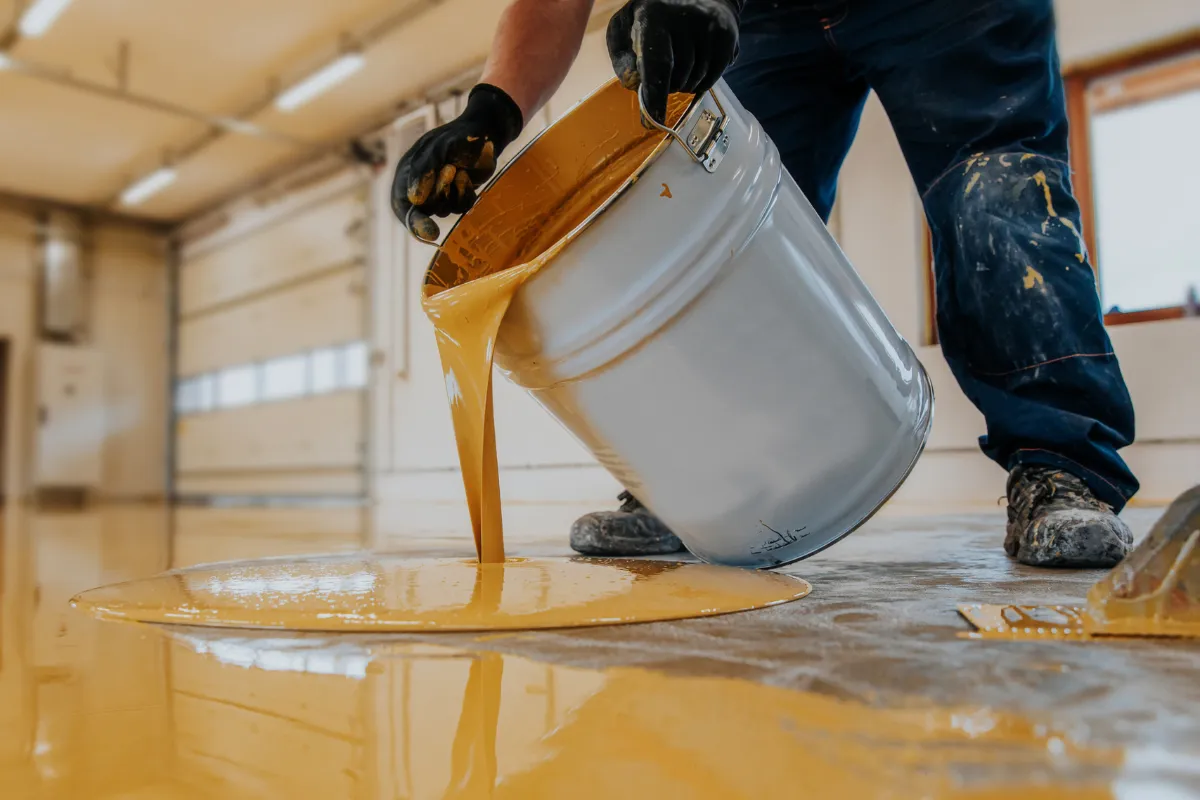
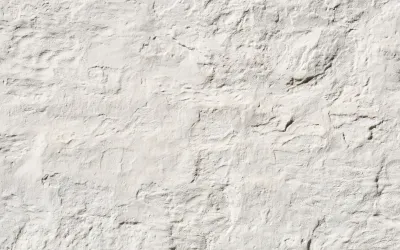
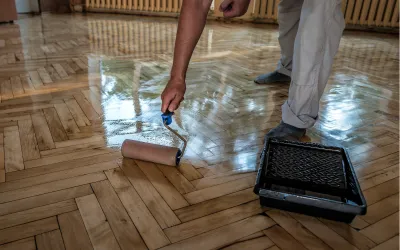
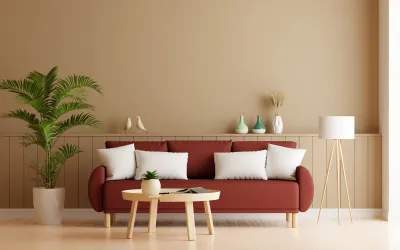
0 Comments